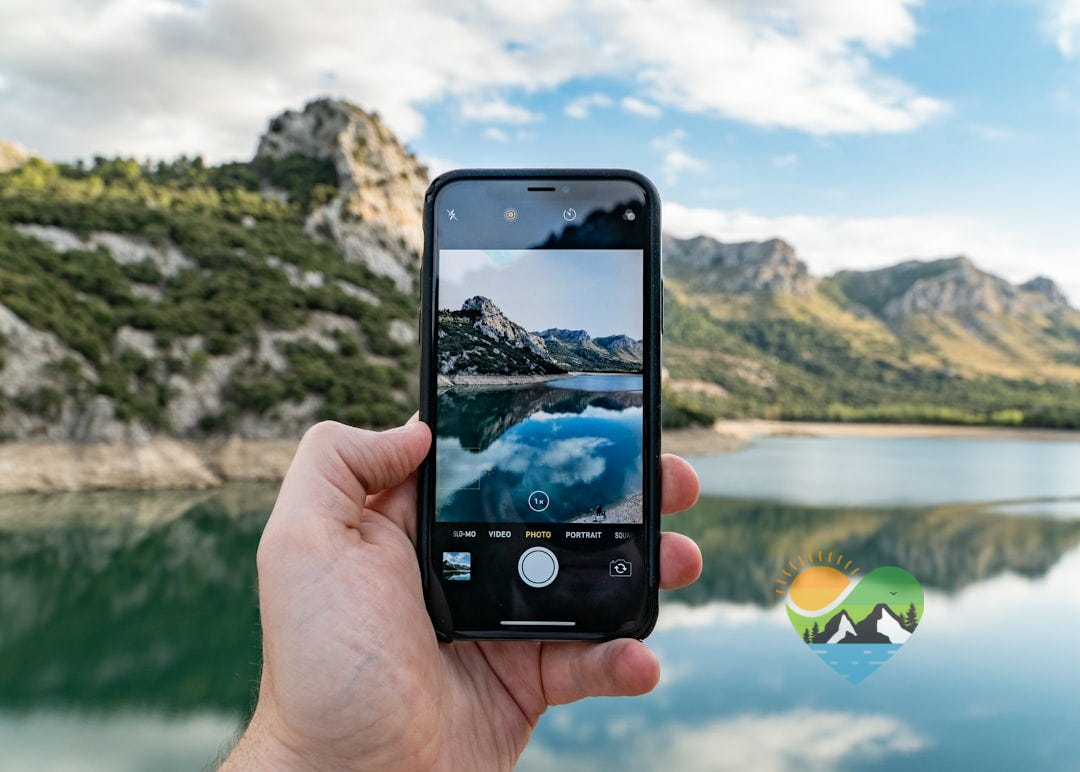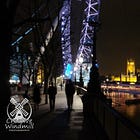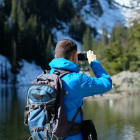Do You Still Need a “Real” Camera When You Travel?
Why my mirrorless gathers dust while my iPhone gets the glory
There was a time I wouldn’t dream of leaving for a trip without my big, bulky DSLR bag. It even had a rain cover, which I needed more than once to rescue my multiple lenses, filters, spare batteries. It was a traveling circus all on its own. These days, that bag rarely leaves my closet. I still own a mirrorless camera, and I’ll use it for some fine art photography projects, but the truth is: I don’t always carry it when I travel anymore.
What Apple got right
Photography hasn’t really hasn’t seen any true innovation since film was traded in for digital sensors. Sure, we’ve added more megapixels, more memory, but the technology itself stayed pretty much stagnant since the shift the digital. Camera companies made incremental improvements, but nothing revolutionary. Meanwhile, Apple has steadily been chipping away at the gap between “real” cameras and the little device in your pocket. Their newest lineup pushes that even further.
With a 46-megapixel sensor now available in the Pro models, even printing gallery-sized art pieces isn’t out of reach. Resolution isn’t the issue anymore. What Apple has done is make photography accessible, powerful, and beautifully simple, without sacrificing quality. I no longer see the iPhone as a “good enough” backup, but as a serious tool in its own right. And for everyday photography, even the base model cameras may be more than good enough for most users.
Where Apple got it wrong
Apple proudly announced that the new Pro models puts “eight lenses in your pocket.” Sounds like a great idea, because no traveler would want to carry eight separate lenses onto a plane. But the reality is a little different. What Apple is really counting are the different focal lengths the iPhone can now simulate: wide, ultra-wide, telephoto, and a few steps in between.
If you’ve ever carried a bulky telephoto zoom, you already know it works the same way. My beloved 70–200mm lens wasn’t magically three or four different lenses, it was one lens with flexibility across a range. Apple has repackaged that concept to make it sound like they’ve given us something entirely new.
Where they have made progress is in shrinking all that versatility into a device that slips into your pocket. For travellers, that’s still helpful. I no longer have to juggle heavy glass, or miss a fleeting moment because I was trying to get the right lens out of my bag and onto my camera body. So while the “eight lenses” line might be more marketing spin than breakthrough, the end result is still liberating: a camera system that covers a wide spectrum of what I may need on the road - without weighing me down.
Where the iPhone wins on the road
For me, the benefits outweigh the tradeoffs most of the time:
The iPhone is always with me, ready for those unplanned travel moments.
Editing and sharing happen instantly, no cables, no card readers. I can even update my website on the go.
Portrait modes and night settings are now good enough that I don’t need to overthink every shot.
When I’m wandering through a new city or catching a fleeting sunset on the road, the iPhone does the job and does it well.
Redefining travel photography
Of course, there are still a few things a dedicated camera can handle differently - depth of field on a fast lens, for example, or the tactile feel of adjusting settings manually. But the reality is, I hardly ever reach for my mirrorless anymore. Even for my fine art projects and large-format prints, the iPhone’s new 46-megapixel capabilities are more than enough. The “real” camera has become the exception, and the iPhone is now my go-to tool, both for travel photography and for much of my professional work.
The truth is, the line between “casual” and “professional” travel photography is blurring. I’ve created images on my iPhone that I love just as much as those taken with expensive gear. For me, true travel photography has always been about capturing and sharing the feeling of being there, not just technical perfection. And for that, the best camera is the one you actually bring along.
Every piece in my gallery started the same way, as a fleeting travel moment. A sunrise breaking over a city skyline, the quiet geometry of a mountain range, or the play of light on a winding street. What begins as a story on my travels often evolves into something much larger, both literally and figuratively. Seeing those images transformed into fine art prints, hanging in homes and offices around the world, is proof that travel memories can live far beyond the trip itself. They become touchstones, reminders of freedom, beauty, and possibility, that continue to inspire long after the suitcase is unpacked.
Get Into Action
If you’ve been hesitant to leave your big camera at home, try it on your next trip. Let your phone take the lead and see how much lighter and freer you feel. And if you’d like to turn your travel photos, whether shot on iPhone, DSLR, or mirrorless, into lasting memories, explore my Travel Photography Mastery course. It’s designed to help you capture the best of your adventures.






